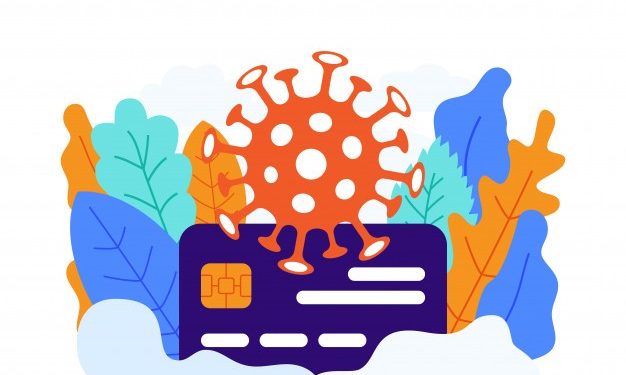Act 1, Scene 1 of Shakespeare’s Macbeth comes to mind when considering the challenge of credit card lenders today, as three witches chant about the unclarity of what is good and evil.
An article in today’s WSJ talks about how lenders “pulled back sharply on lending” because they can’t tell who is creditworthy anymore. The government’s stimulus package is part of the issue.
- The law says lenders that allow borrowers to defer their debt payments can’t report these payments as late to credit-reporting companies.
- From March 1 through the end of May, Americans deferred debt payments on more than 100 million accounts, according to credit-reporting firm TransUnion, a sign of widespread financial distress.
- Lenders that are having a tough time spotting risky loan applicants are approving fewer borrowers for credit cards, auto loans, and other consumer debt.
The confusion comes from an array of issues. The CARES Act, which added $600 per week to state unemployment, made unemployment more profitable than work in many states, allowing for improved credit performance. The long-range concern comes from the unknown time frame.
In a worst-case scenario, where unemployment remains high, and the economy doesn’t bounce back for a few quarters, the 33 largest U.S. banks would suffer heavy loan losses that would erode the capital buffers meant to keep them on stable financial footing, the Fed said when it announced the results of its annual stress tests. Stress testing seemed overly aggressive, but an extended downturn can send shivers down the spine of every credit manager:
- The Federal Reserve on Thursday said a prolonged economic downturn could saddle the nation’s biggest banks with up to $700 billion in losses on soured loans and ordered them to cap dividends and suspend share buybacks to conserve funds.
- Reflecting the uncertainty about how the economy will fare in the year to come, the Fed’s analysis looked at three extreme scenarios to gauge their effect on banks. The first was a “V-shaped” recovery, in which the economy bounces back rapidly from a severe downturn. That would result in nearly $560 billion in loan losses across the nine quarters that the Fed studied.
- A more prolonged downturn that led to a “U-shaped” recovery would cause $700 billion in loan losses. A “W-shaped” recovery in which the economy bounces back quickly but then takes another dip, would result in $680 billion in loan losses.
The certain defensive play is to tighten up lending, as the WSJ indicates from lender surveys.
Banks started tightening their underwriting standards in March when the first wave of coronavirus layoffs began.
- By early April, 33% of banks that responded to the Federal Reserve’s senior loan officer survey said they had increased their minimum credit-score requirements for credit cards over the previous three months, up from 14% in January. Bank respondents tightened lending standards for all consumer-loan categories tracked by the survey.
- Loan originations have fallen, a result of both of the tightening and a decline in consumer demand. An estimated 79,000 personal loans were extended in the week ended May 10, compared with 226,000 in the week ended March 22, according to Equifax Inc.
The WSJ points to an upcoming product enhancement by FICO, the global credit scoring leader. The firm is “is rolling out an index that will appear next to loan applicants’ scores and inform lenders how likely the applicant is to withstand financial difficulties during the downturn.” CEO Will Lansing mentioned that the new metric “… gives [lenders] that extra filter of how a person is going to handle an economic downturn.”
And, that will be a game-changer to rebuild lending confidence and get the industry back into the business of lending and controlled risk management.
Overview by Brian Riley, Director, Credit Advisory Service at Mercator Advisory Group











